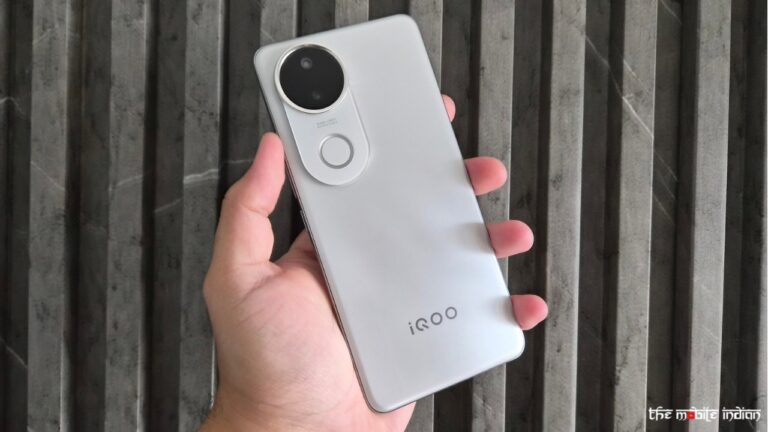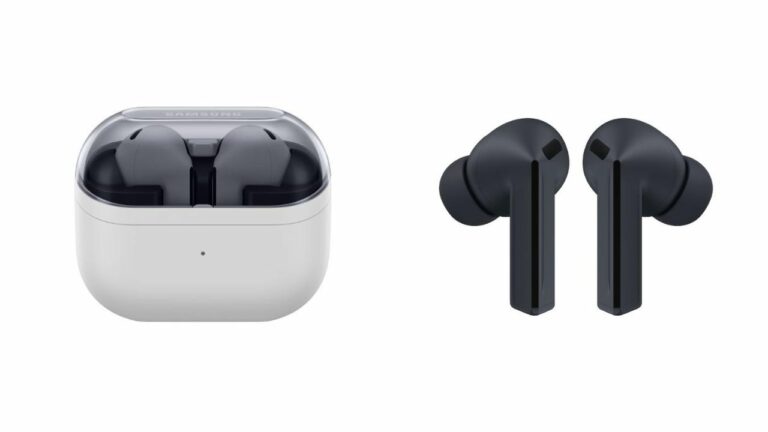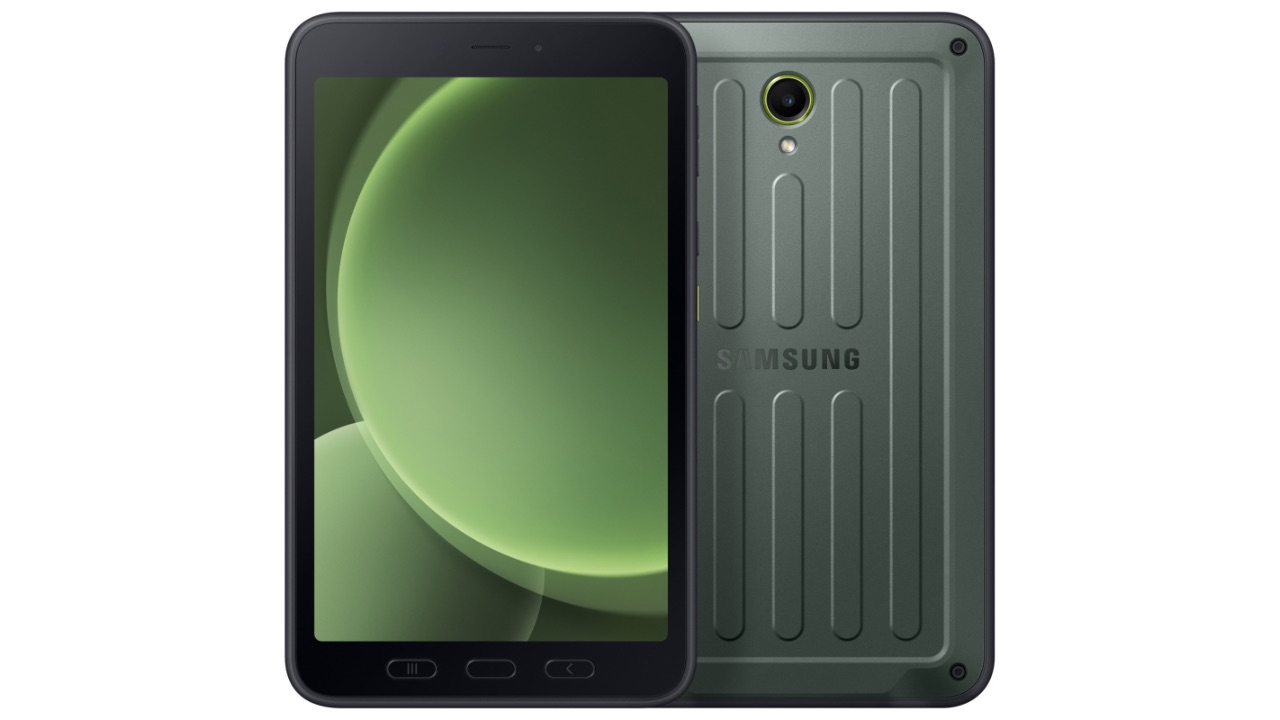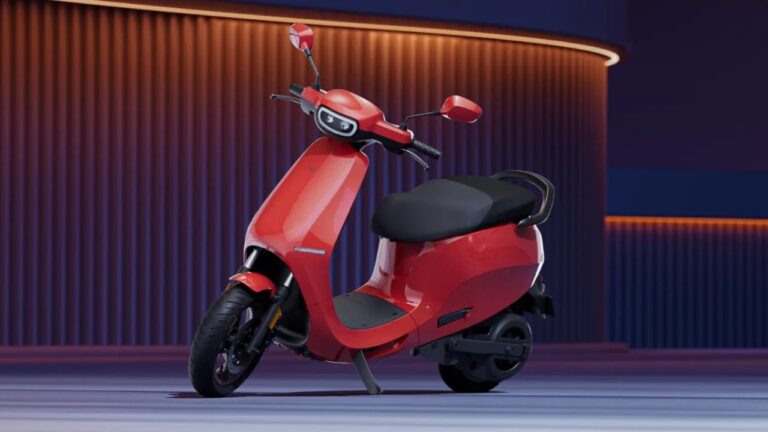iQOO Z10R 5G is the brand’s latest smartphone that aims to capture the budget market with a starting price of Rs 19,499. The company is known for its value-for-money smartphones but was it able to recreate history with the Z10R 5G? We’ll find that out in our review of the device.
Design & Display
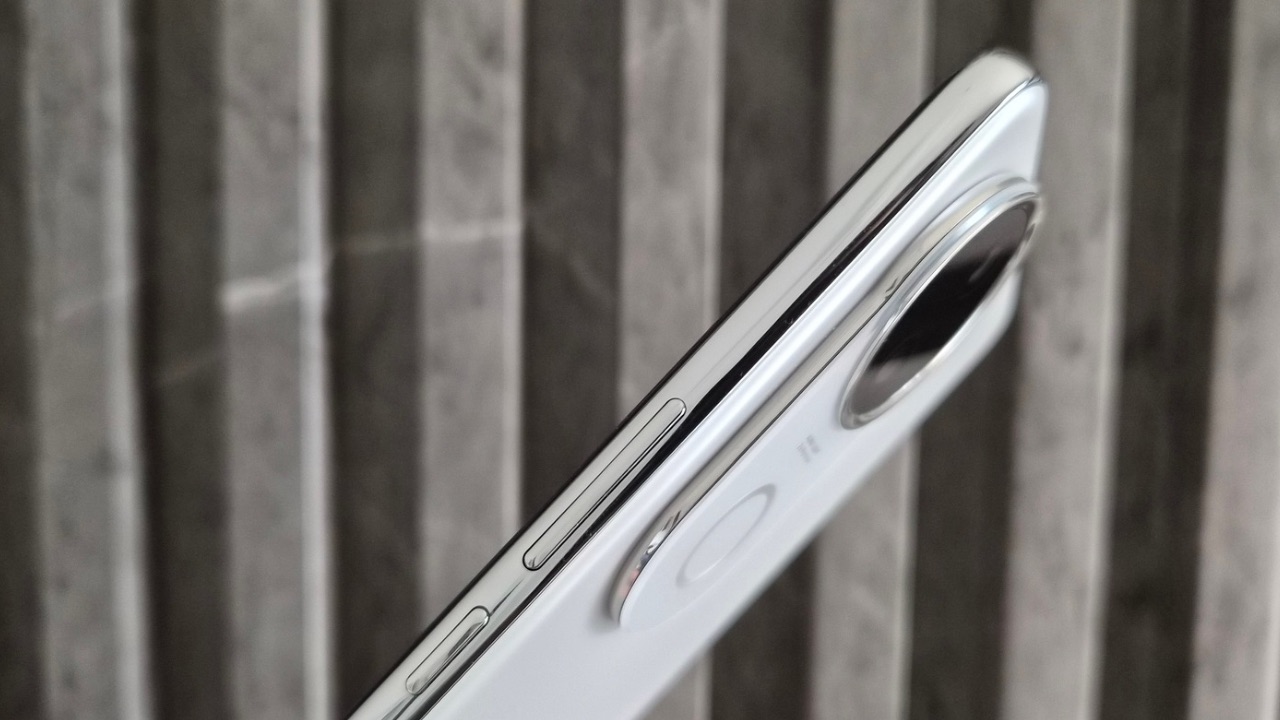
Design-wise, the Z10R 5G brings a look we have seen before with Vivo handsets. The moonstone shade we got reflects off light with an irregular pattern and generally looks beautiful.
The camera island speaks for itself and because Vivo has had smartphones with this same design in the past, it is well associated with the brand.

The frame is all plastic and glossy, which does attract fingerprints and some scratches as well. Aside from that, the matte finish on the back adds to the premium feel of the handset. Moreover, it is easy and lightweight to hold in the hand. It is also IP68 + IP69 rated so it can withstand dust and water easily.
Then, the buttons are tactile enough while the stereo speaker setup is loud and clear. However, don’t expect a lot of bass from it. Aside from that, the Haptics are poor as it’s a regular rotary motor that buzzes loudly.
On the front, there’s a 6.77-inch (2392 x 1080 pixels) full-HD+ quad-curved AMOLED screen with 120Hz refresh rate, up to 1800 nits peak brightness, 2160Hz PWM dimming, SCHOTT Alpha cover glass, HDR10+, and 300Hz touch sampling rate.
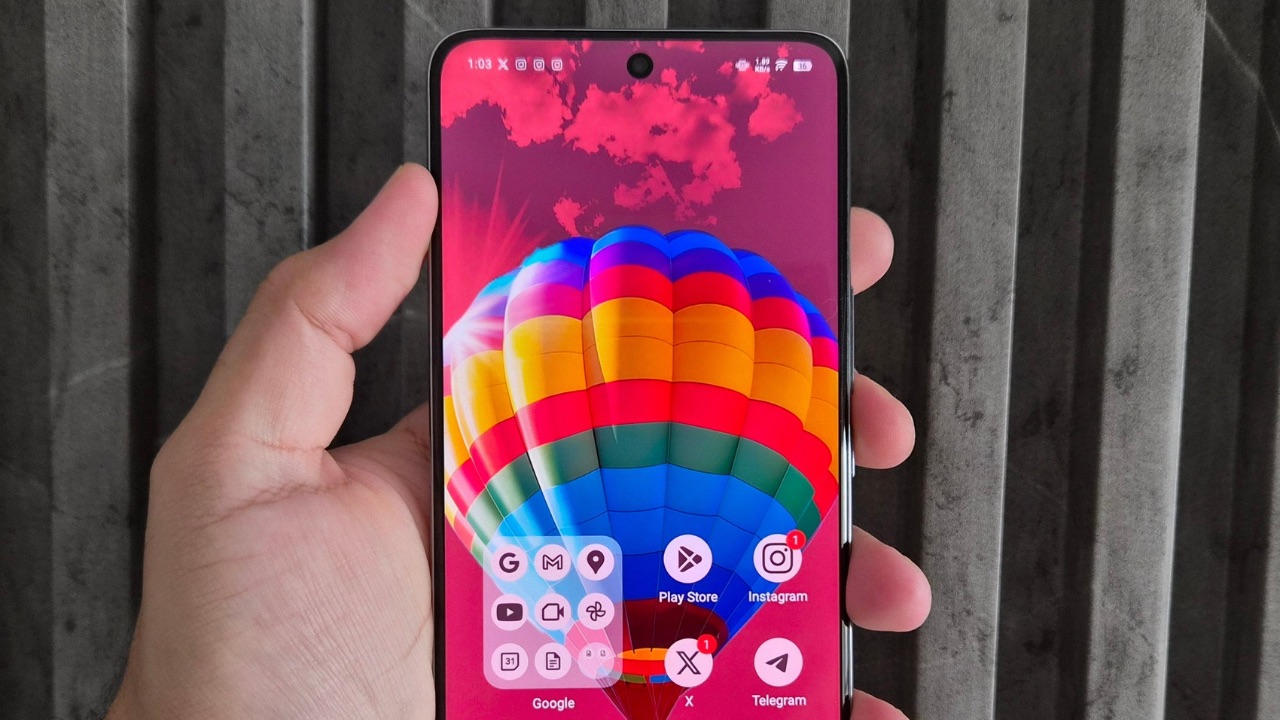
That’s quite a capable panel on paper and fortunately translates well in real life, too. It is a decently bright panel outdoors but looks very nice overall.
The colours are super vivid while the content looks sharp. It’s a quad-curved panel so the aesthetic factor is high but the bezels aren’t even on all sides, however, they are still thin enough for this price.
The 300Hz touch sampling rate works impressively in games like Bullet Echo. A 120Hz Refresh Rate is good enough for daily use and works smoothly.
However, what I didn’t like is that despite being a great panel on paper, it doesn’t have proper always-on display support. You only get options like “tap screen or raise” and “move phone slightly” to check the AOD which clearly isn’t a full implementation of the feature.
The in-display fingerprint sensor is fast and precise, offering reliable performance.
Software & Performance
The iQOO Z10R 5G packs the MediaTek Dimensity 7400 chip under the hood with up to 12GB LPDDR4x RAM and up to 256GB of UFS 2.2 storage. It’s a decision chip for the price and handles day-to-day tasks, along with some casual games, really well. In higher end titles you may face stutters but games like Bullet Echo, RL Sideswipe, etc., work nicely.
RAM management seems good as apps stay in memory for a while without having to reload. Performance on a daily basis is good but it’s the software that messes things up a bit for the device as there are minor animation lags when opening or closing apps.
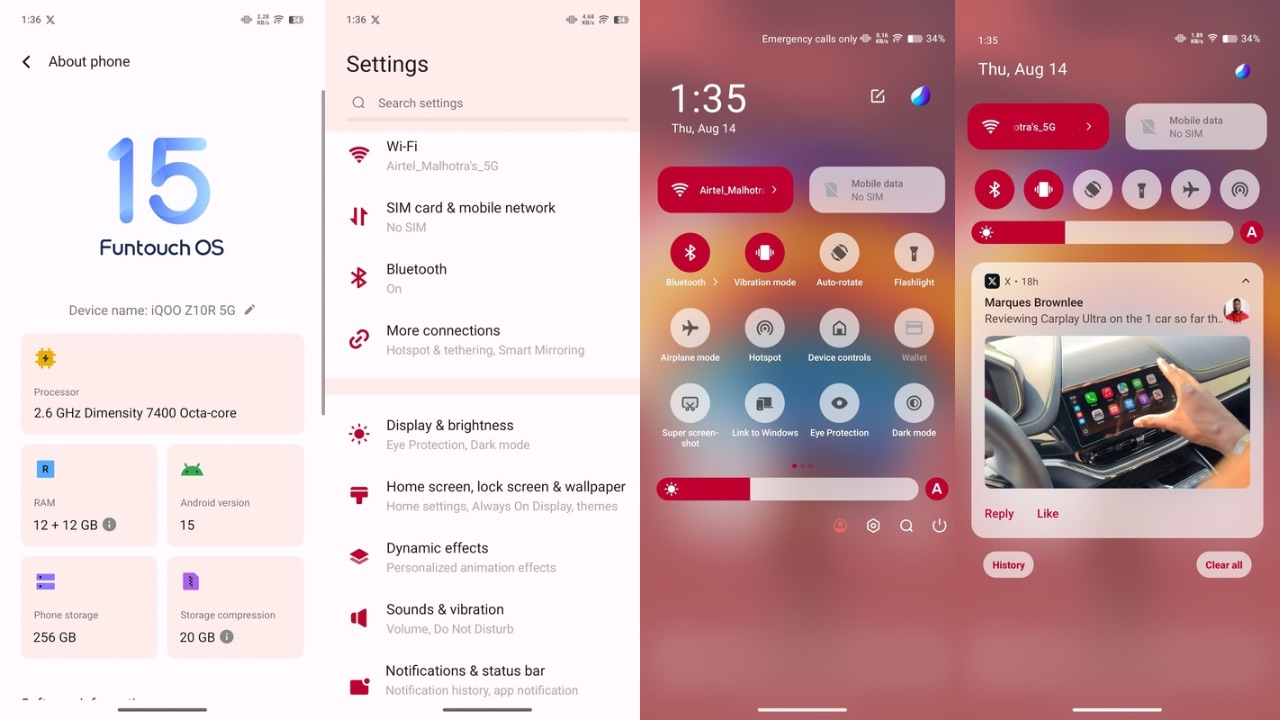
Then there’s an iManager App that comes pre-installed which forcefully scans every app you install for viruses which is a bit annoying as it opens the scanning screen automatically after the app has been installed. Now, there’s no need for this feature for apps installed from Play Store considering they are generally safe and Google has its own Play Protect to scan those apps.
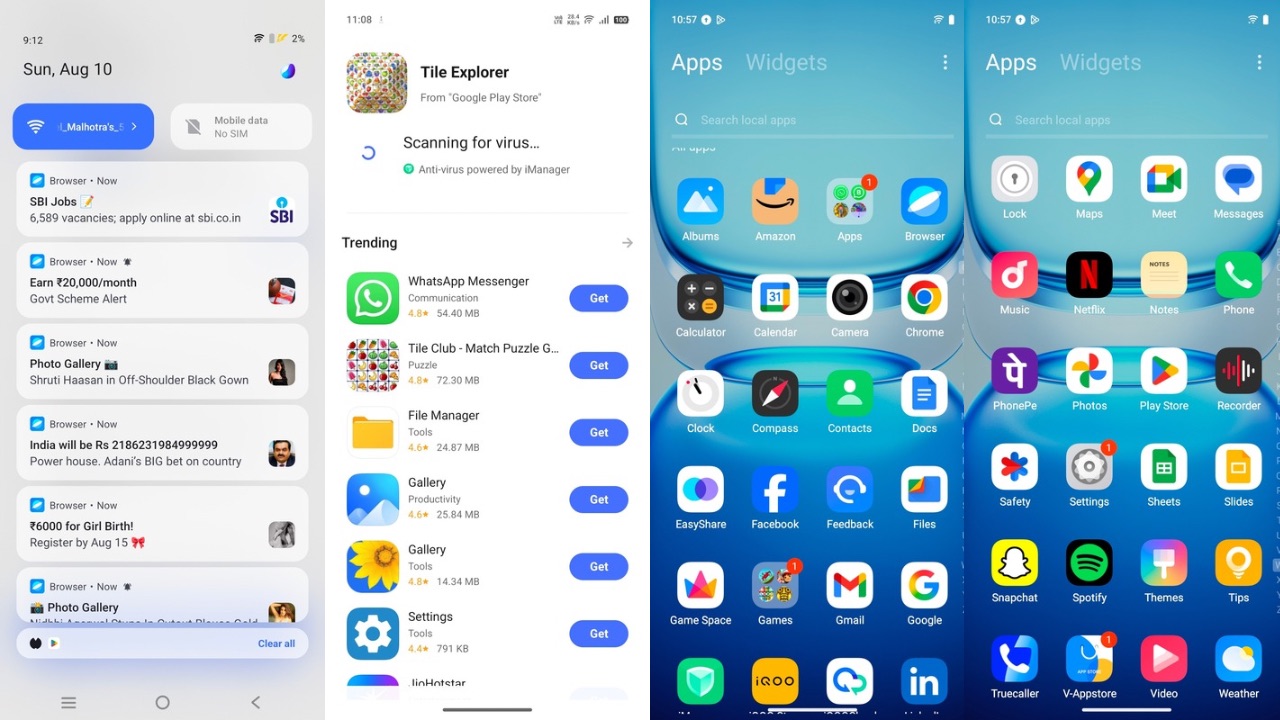
To make things worse, there’s no way to disable the app or turn off this particular scanning feature. Then, there’s a good amount of bloatware that comes pre-installed, some of which can be removed easily. Apps like Vivo’s own V-Appstore can’t be disabled.
Furthermore, after setting up, the device automatically began installing bloatware apps like bubble shooter from the Play Store and showed that it was restoring data from the play store wherein I clearly didn’t ask it to restore any of those apps. I didn’t even have those particular apps in any backup. It also didn’t let me cancel the downloading process of those apps which is a huge disappointment.
While these were the letdowns, features like customisation of types of animations across the system, lock screen customisation with depth effect, various clock styles, AOD styles, app lock, app hiding, gestures, and more, are amongst the strengths of the software.

Some aspects, such as the quick settings shade, still feel a bit dated compared to competitor UIs, but features like these continue to deliver a respectable level of value.
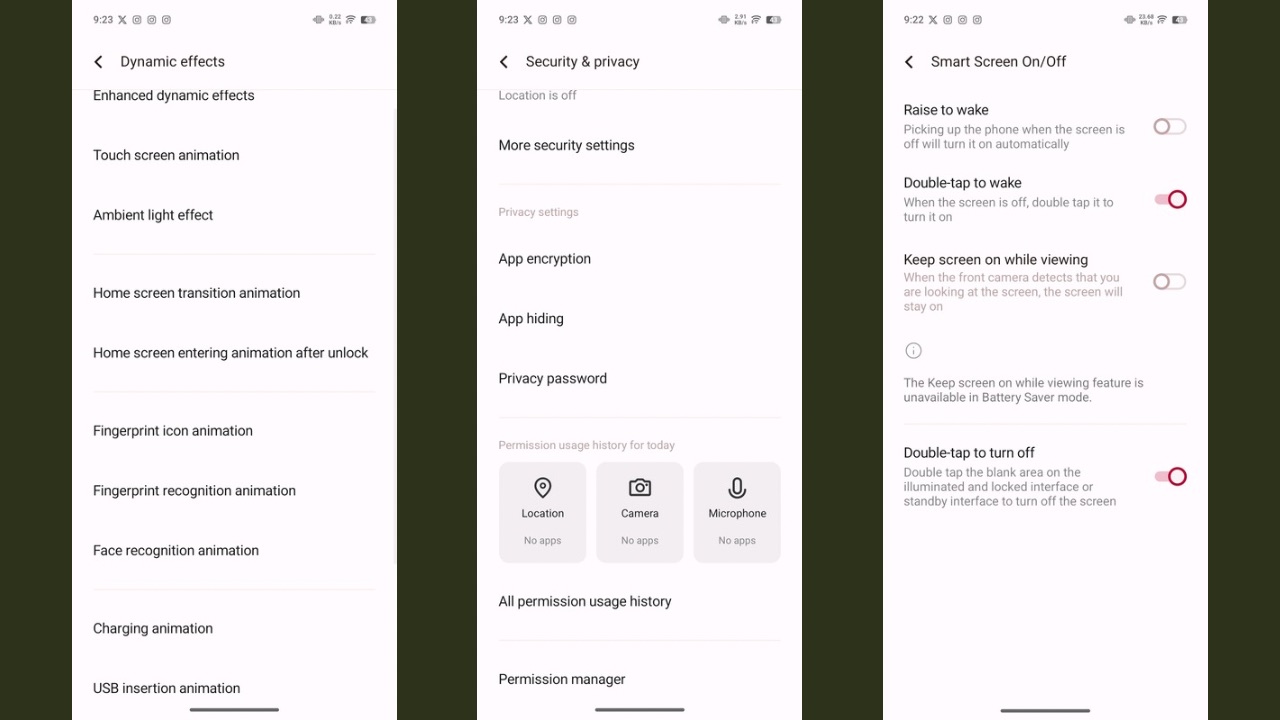
The handset is running the July security patch at the time of writing the review which is a relatively recent patch.
Connectivity performance of the device remained optimal, including 5G, Wi-Fi, and Bluetooth. The device doesn’t support NFC.
Battery
With a 5700mAh cell, the iQOO Z10R 5G clearly obliterated some of its competitors I have used in the past. It performed much better than some of the devices that have a larger battery, showcasing how well the software has been optimised despite its shortcomings in terms of looks and bloatware.
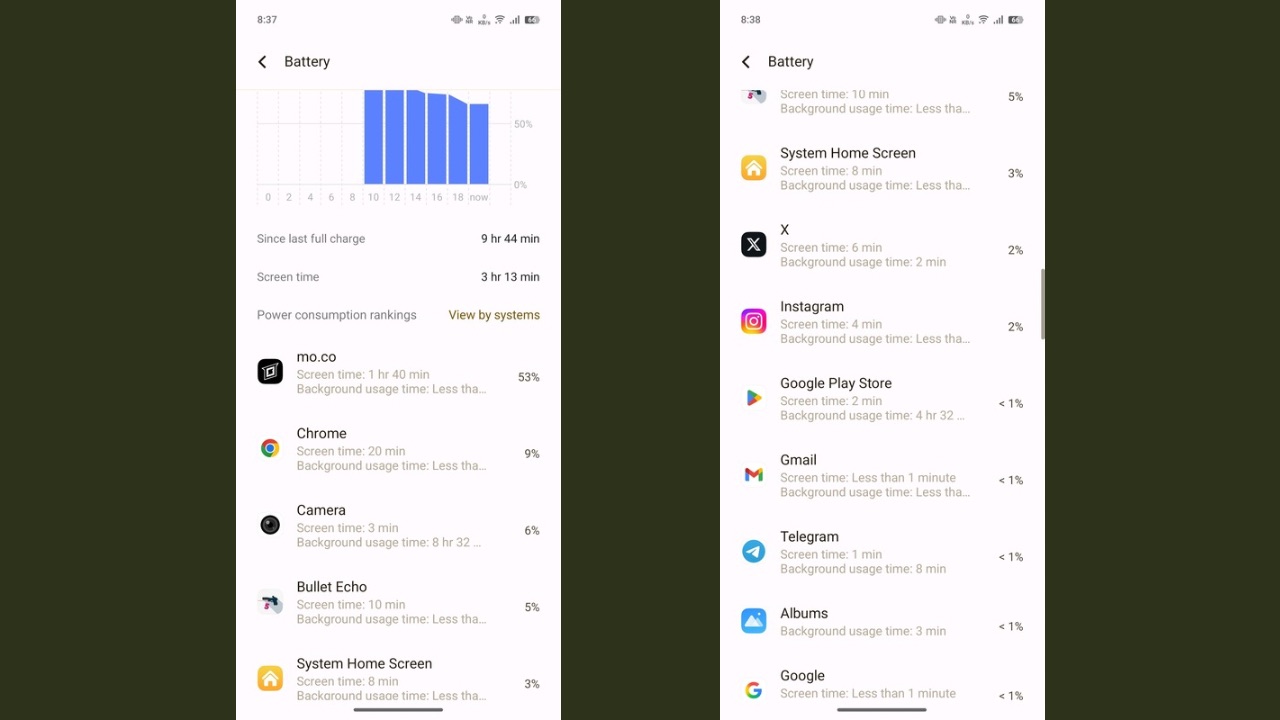
With over 2 hours of gaming, the device got me around 8 hours of screen-on time with a total use time of over 1.5 days which is beyond excellent. It can easily offer 2 days of use even with heavy use such as navigation and using the screen with high brightness. My usage also included streaming videos, using Instagram, Telegram, browsing Chrome, using the camera, and more.
Charging time was around 1 hour 20 minutes from 0 to 100% which is decent for this battery size but I have seen faster charging in other phones at this price point.
Cameras
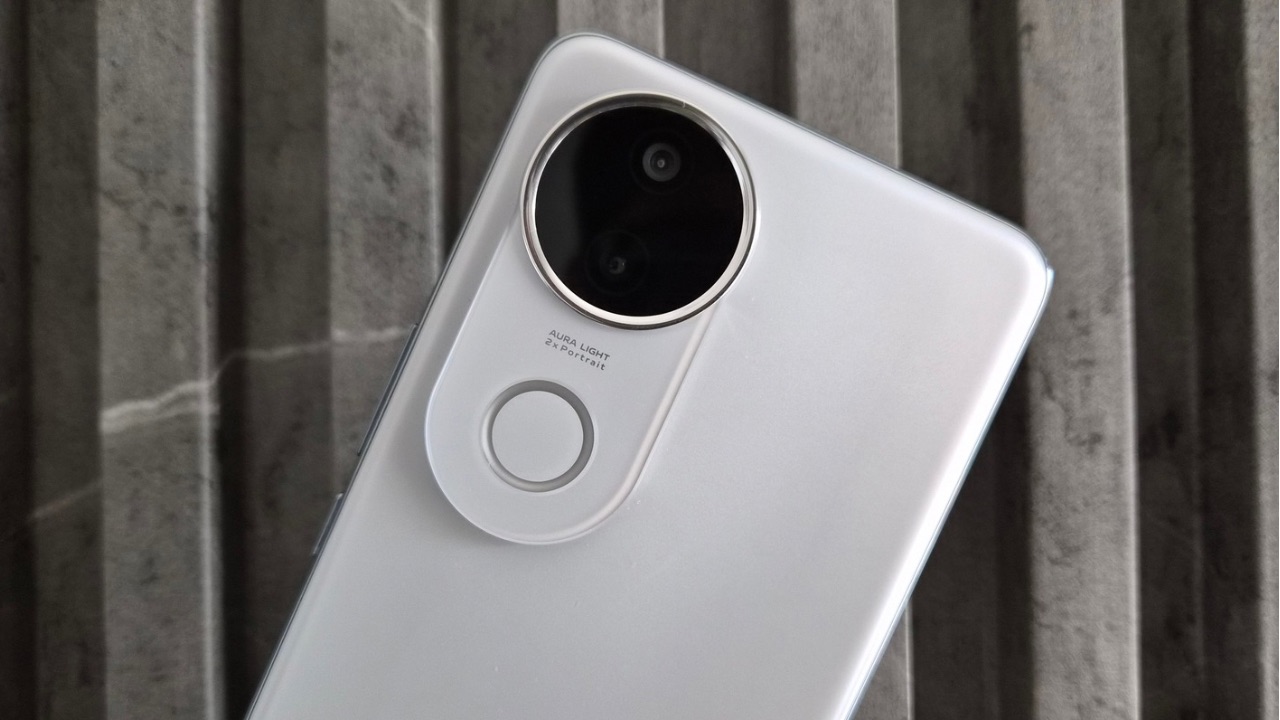
The iQOO Z10R 5G has dual rear cameras including a 50MP Sony IMX882 primary sensor with an f/1.8 aperture, LED flash, paired with an additional 2MP f/2.4 bokeh sensor. At the front, there’s a 32MP f/2.45 sensor for selfies and video calls.

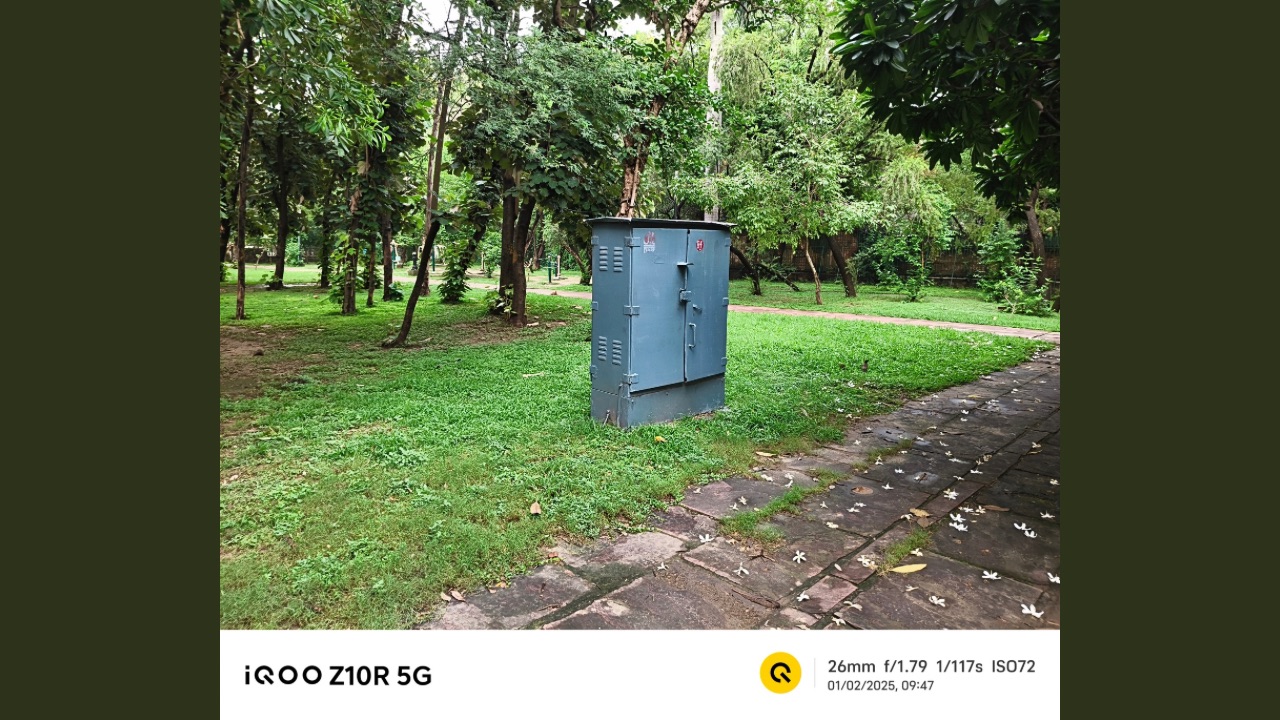
The iQOO phone shoots decent photos outside when there’s enough light which is like most phones nowadays. You get vibrant looking shots with a decent amount of sharpness and acceptable dynamic range. It can zoom in at up to 10x but even if you shoot at 2x, you’ll notice the photos start to get soft.

Portrait shots lack proper EDGE detection as they can sometimes blur edges of the subject as well. However, detailing and colours stay on point, resulting in an appealing shot.

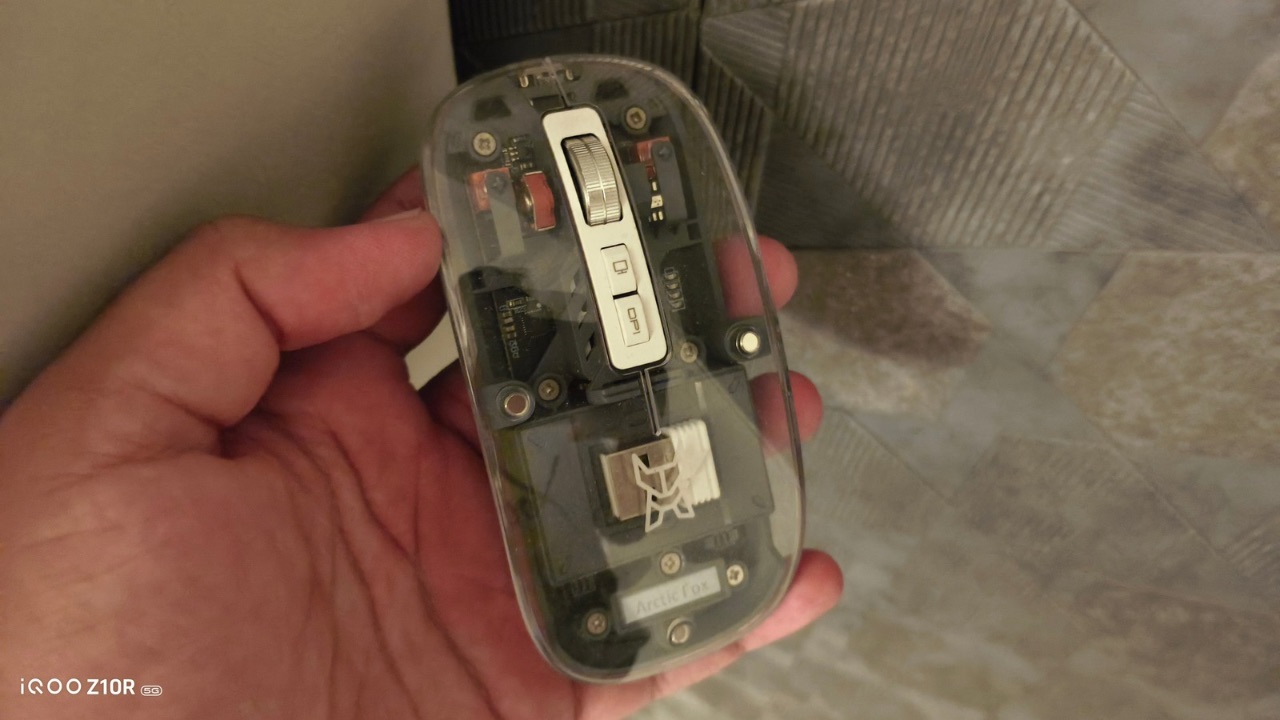
Under artificial lighting, the iQOO Z10R 5G performed well over expectations. It could capture the minutest details in the shot. When the lighting levels go low, the shots start to get a little noisy and they also appear soft.

Selfie shots capture accurate skin tones and overall colours look great but if you shoot in artificial lighting, the faces appear soft and the photos begin to lose out on sharpness.


